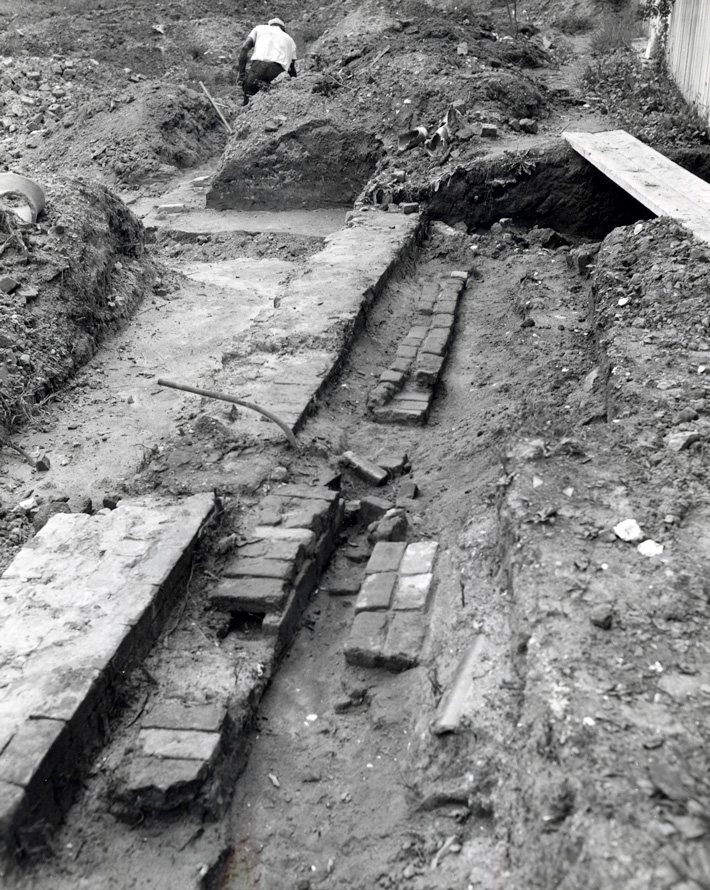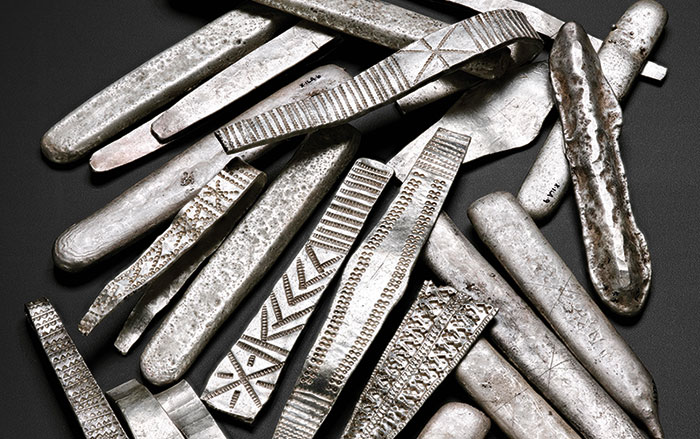
WILLIAMSBURG, VIRGINIA—The Virginia Gazette reports that Colonial Williamsburg archaeologists working under the guidance of members of First Baptist Church have detected the possible foundations of the church's original building with ground-penetrating radar. The congregation was founded in 1776 by free and enslaved African Americans, who first met in secret at Green Spring Plantation, then in a rural area outside Williamsburg, and then in a structure offered by a white admirer within what is now Colonial Williamsburg’s historic area. That structure was destroyed in 1834 by a tornado, and replaced in 1856 by a brick building known as the African Baptist Church. That edifice was torn down and the congregation moved to another location in 1956, when the property was purchased by Colonial Williamsburg. Archaeological investigations in 1957 uncovered historic foundations. The researchers will now look for additional information about the structures to create an interpretive program at the site. Members of the current First Baptist congregation will be consulted about how any recovered artifacts will be preserved and displayed, and about how any burials found on the property can be protected and memorialized. To read about Jamestown leaders who were buried in the colony's 1608 church, go to "Jamestown's VIPs," one of ARCHAEOLOGY's Top 10 Discoveries of 2015.










